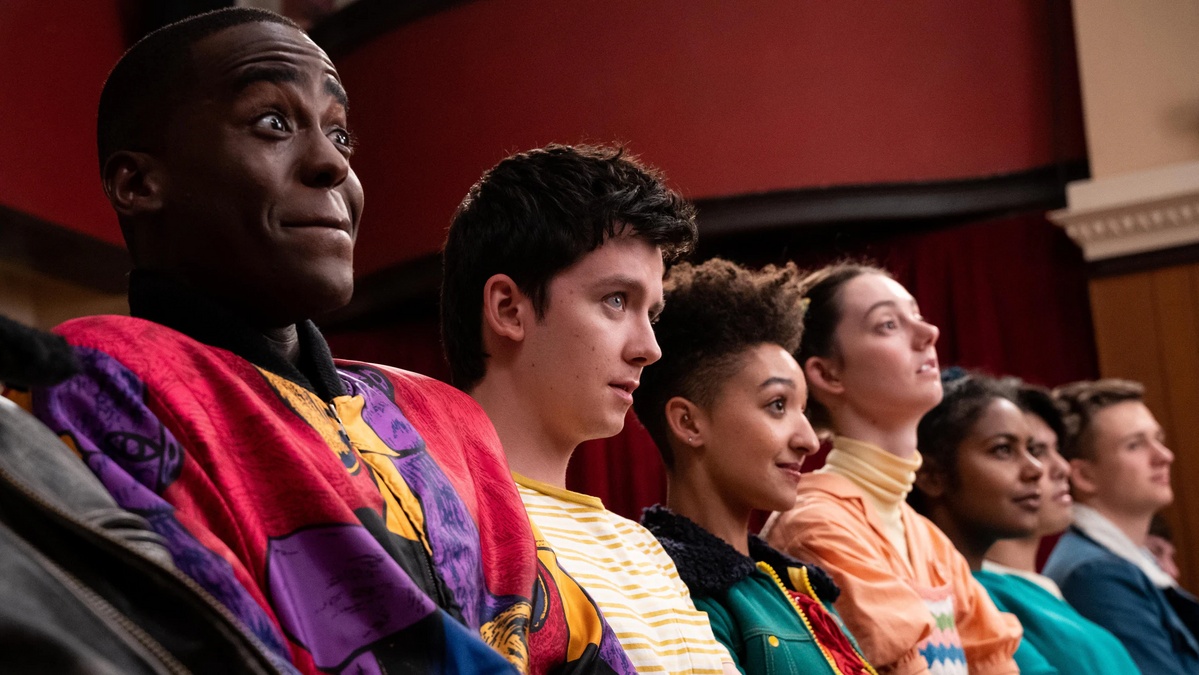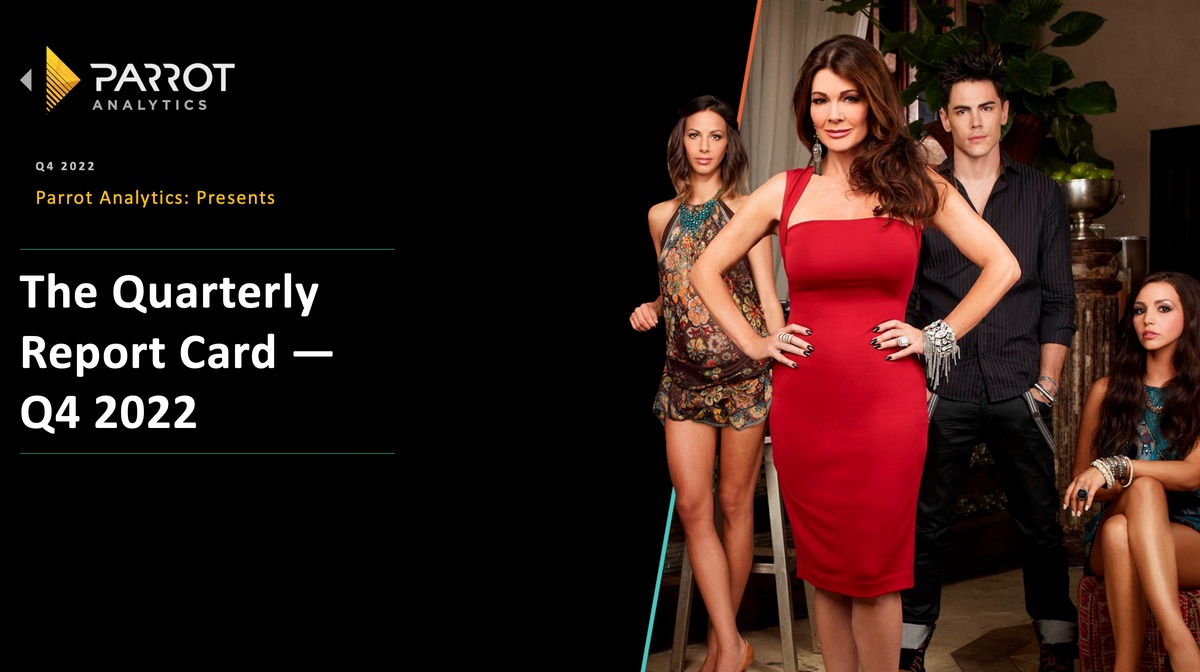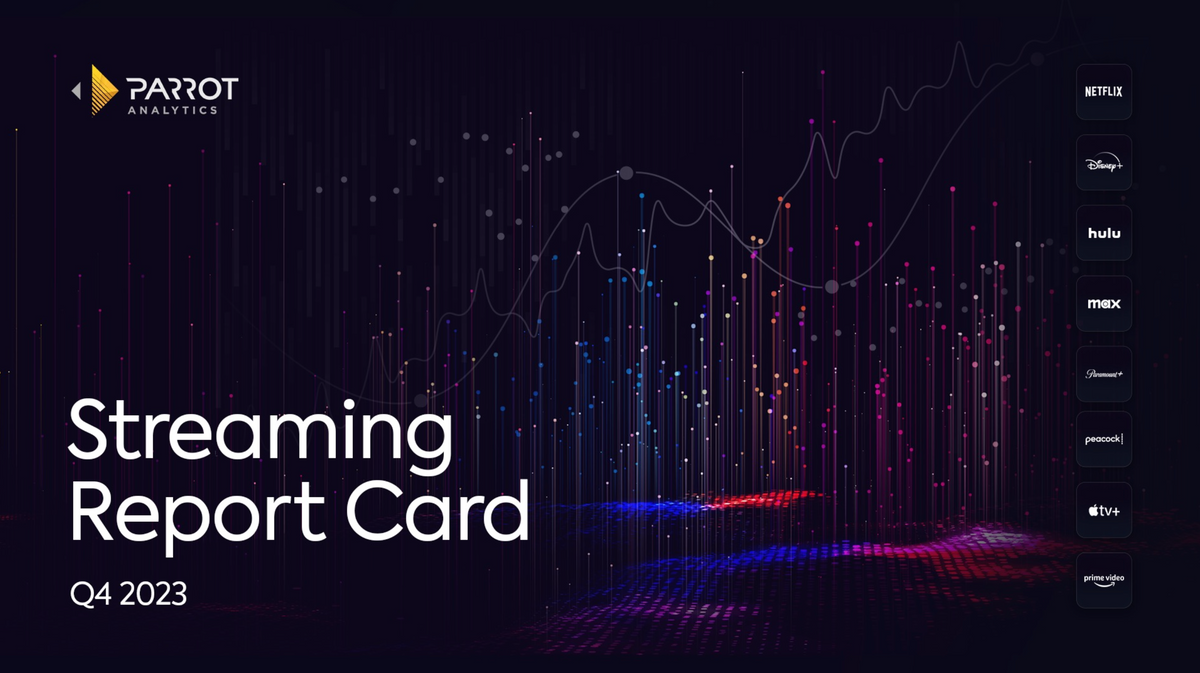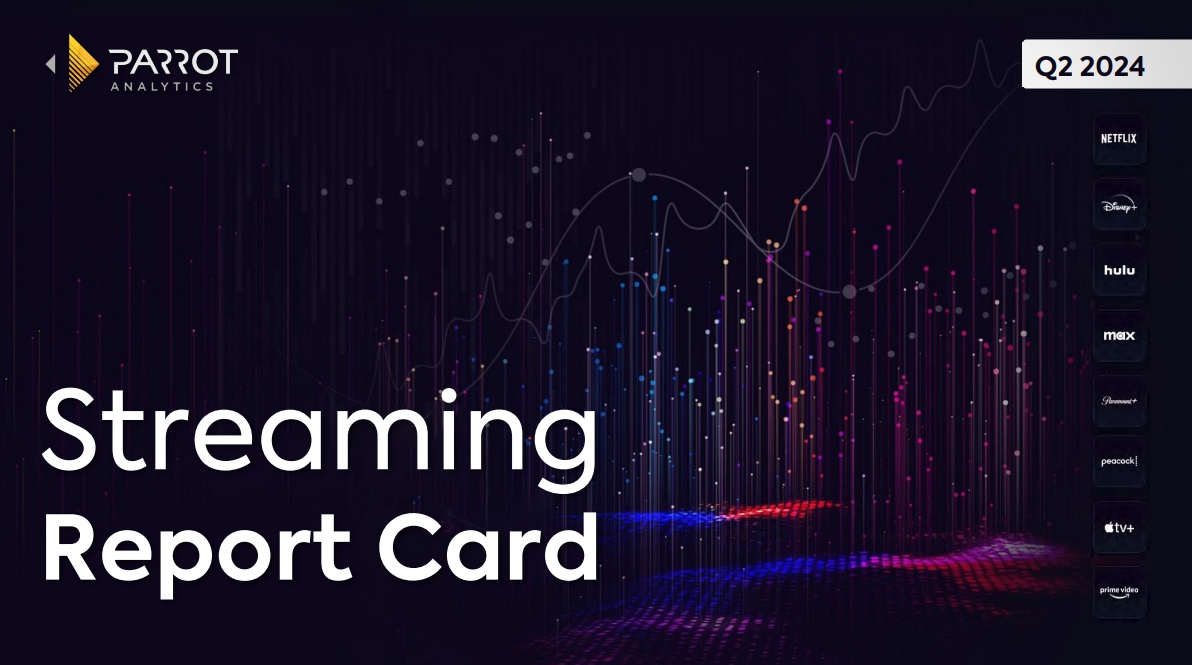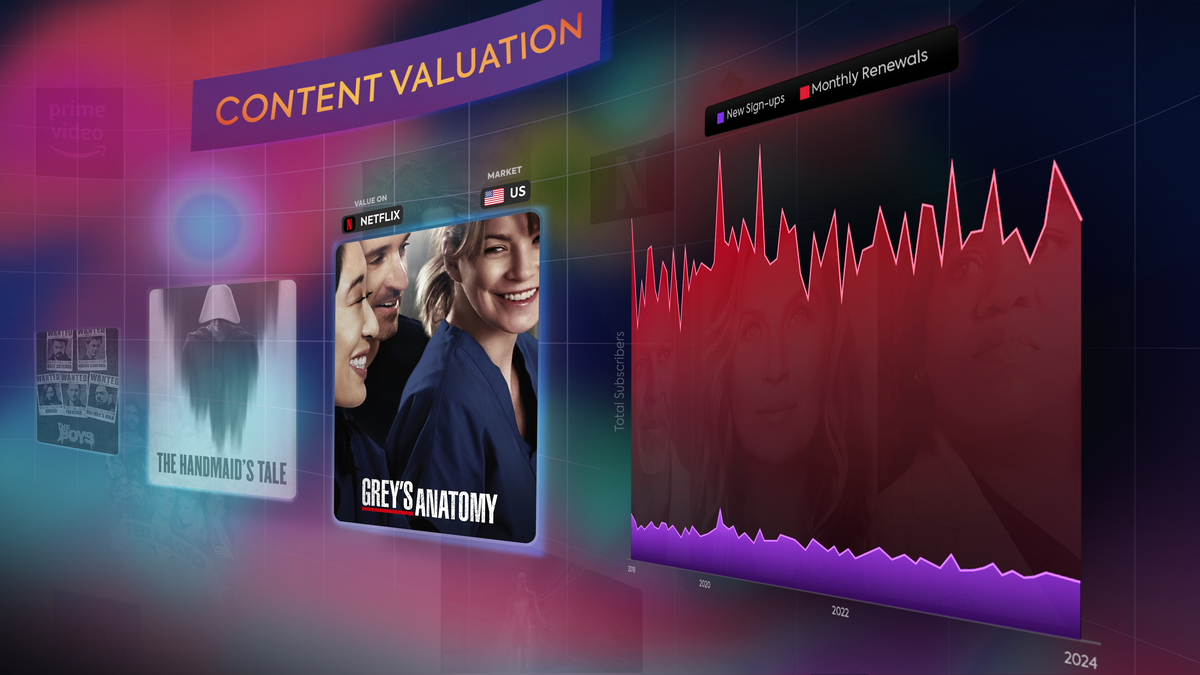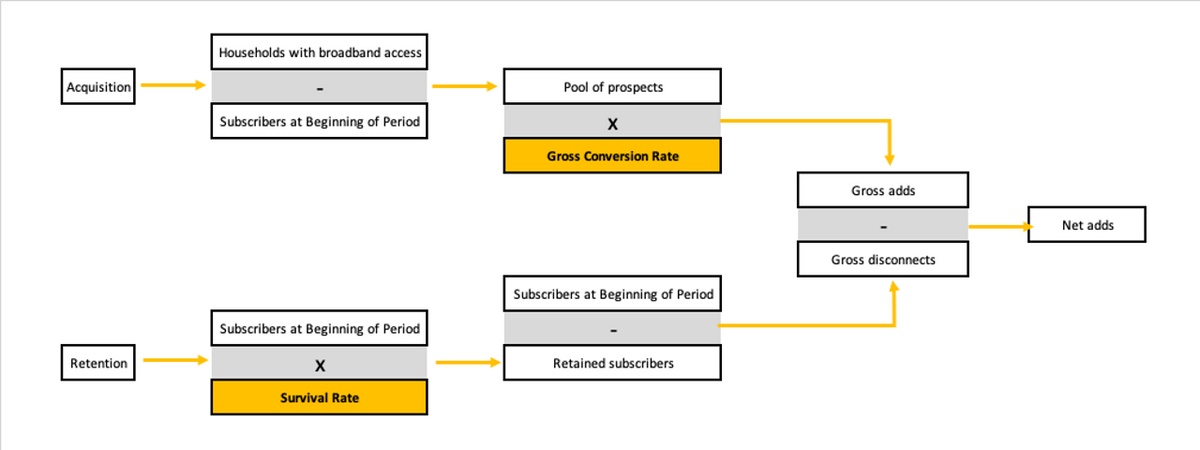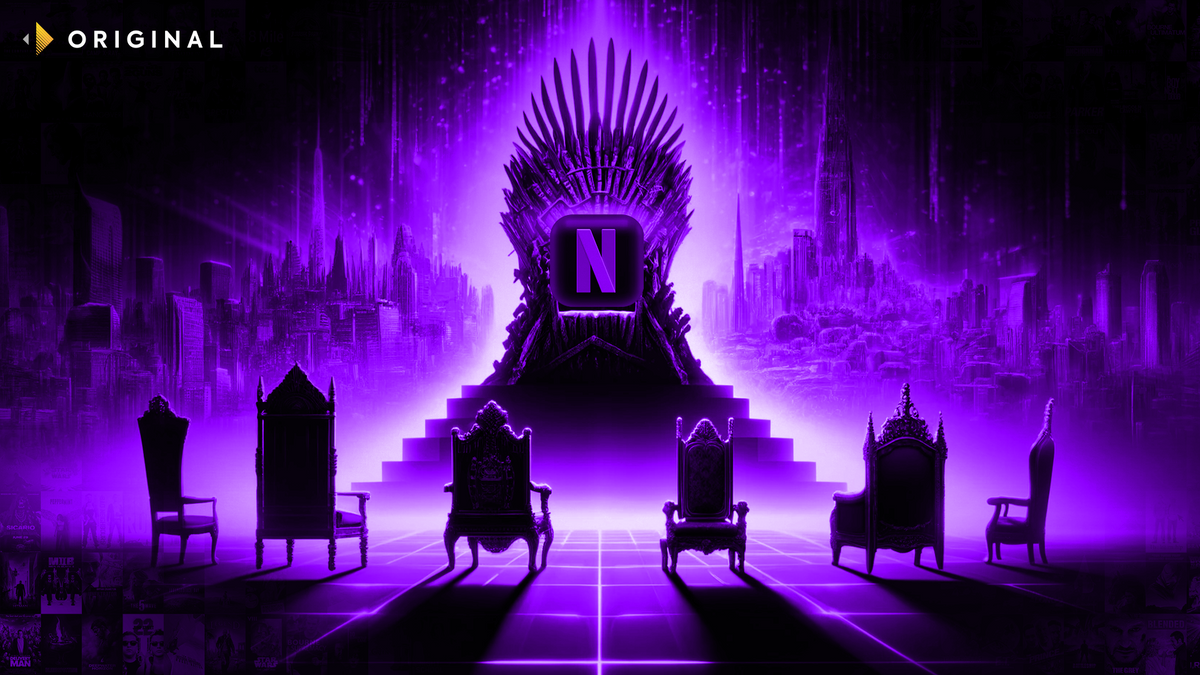By reading this whitepaper you will understand:
- How the changing demographics of the United States are shifting audience preferences for content and widening the demand vs supply gap.
- Which segment of the population is significantly underrepresented, despite significant recent growth in their domestic population.
- Which distribution format has shown the greatest growth in diverse cast representation since 2017.
Summary:
The United States’ population is becoming increasingly Nonwhite at a rate that has outpaced previous estimates from the U.S. Census Bureau. Recent reports reveal that the proportion of Nonwhite populations in the country has nearly doubled in the last two decades, with this latest decade likely to be the first to show a decline among the White population.
Additionally, social movements are continuing to gain attention both within and outside the industry. Initiatives like #OscarsSoWhite and organizations like Black Lives Matter are calling for systemic change to advance racial and ethnic equity across business and society. They are recognizing the essential role that entertainment, specifically television, plays in creating a more empathetic society.
We also see an increase in demand for and viewership of racially and ethnically diverse content in direct response to the important social moments. For example, in the days following the murder of George Floyd in May 2020, shows including When They See Us (Netflix) and Dear White People (Netflix) saw a tremendous surge in viewership amidst calls for audiences to educate themselves on the history of racial inequality in this country.
As viewers seek out this content, we can also expect to see increased social conversation around the issues represented in these projects, causing audiences to be more aware and critical of content than ever before.
Online social networks and platforms like Instagram and Twitter allow audiences to be more directly connected to series regular casts, opening up dialogues around social issues, creative projects, and other critical topics. This presents an important opportunity for content creators to be especially aware of how their work is received and how their creative decisions impact audiences in real time.
From a business perspective, the rapid expansion of OTT distribution platforms, a market segment that is expected to continue growing with a compound annual growth rate of 16.7%, has provided audiences with increased access to television content. Because of the rapid increase in the number of shows available to audiences, it is important for producers, studios and networks to identify the creative metrics that directly impact a show’s success.
We understand that the intersection of various issues can impact the success of a television series because:
- Authentic stories resonate. We continue to see research indicating that audiences want to see themselves represented in the shows they watch. Narratives that reflect lived experiences through authentic storylines, themes and characters are more relevant to audiences and drive more engagement, allowing these shows to outperform their competitors.
- Audiences are socially conscious. Television viewers are increasingly aware of the political nuances of the content they consume, often identifying what is wrong (inauthentic) versus right (authentic).
- Content engagement is rising. Executives, producers and series regulars are actively engaging audiences through new interactive opportunities like live-tweeting episodes or online viewing parties. In doing so, creators are also exposed to direct public criticism should audiences feel that their communities are misrepresented, mischaracterized, or simply invisible on screen.
While this study examines series regular cast talent, we also recognize that there are many points of influence within the creative process that impact a show’s creative direction, including but not limited to racial and ethnic representation among writers, showrunners, studio and network executives, casting directors and marketers.
